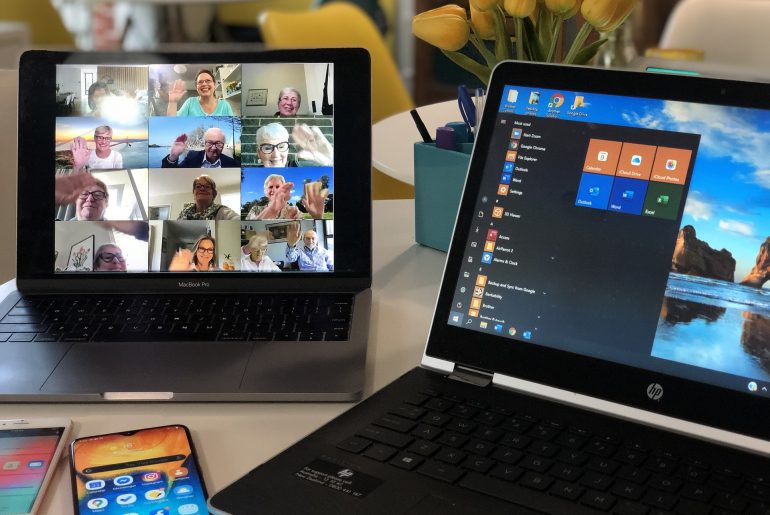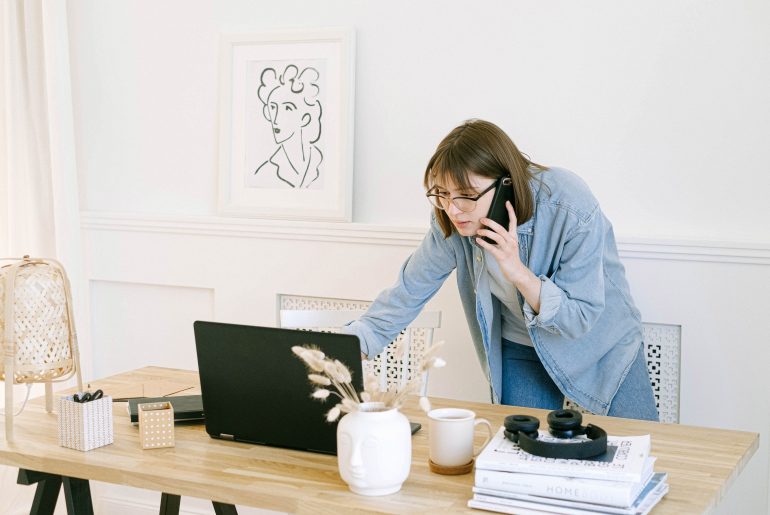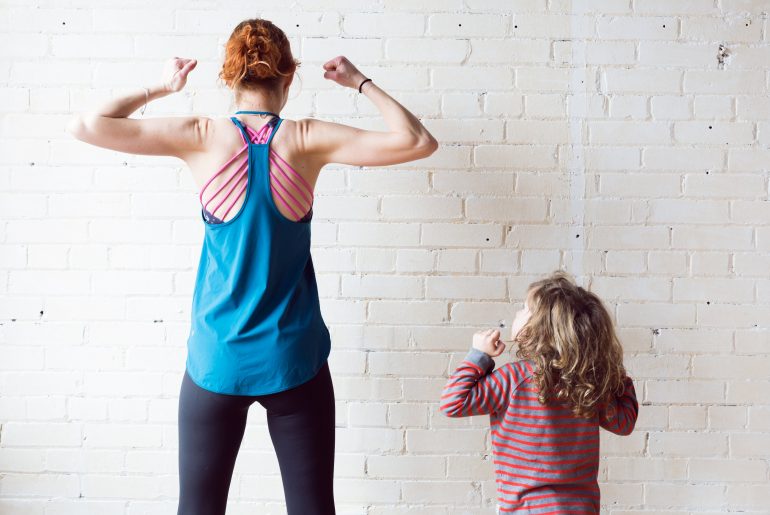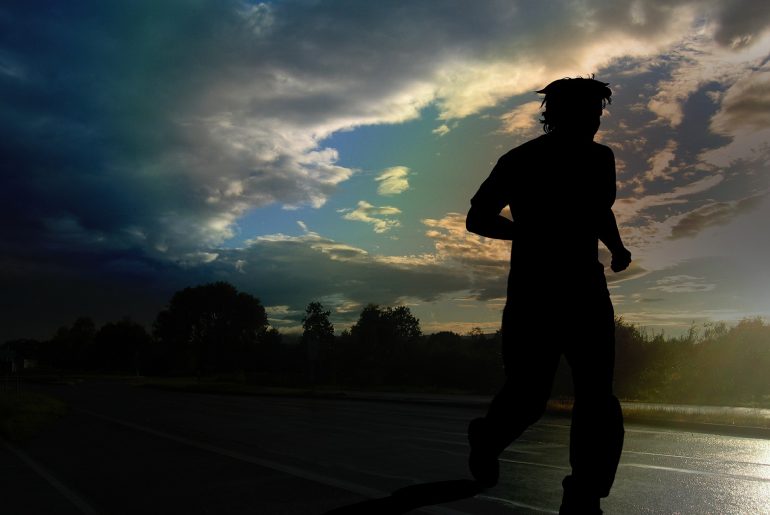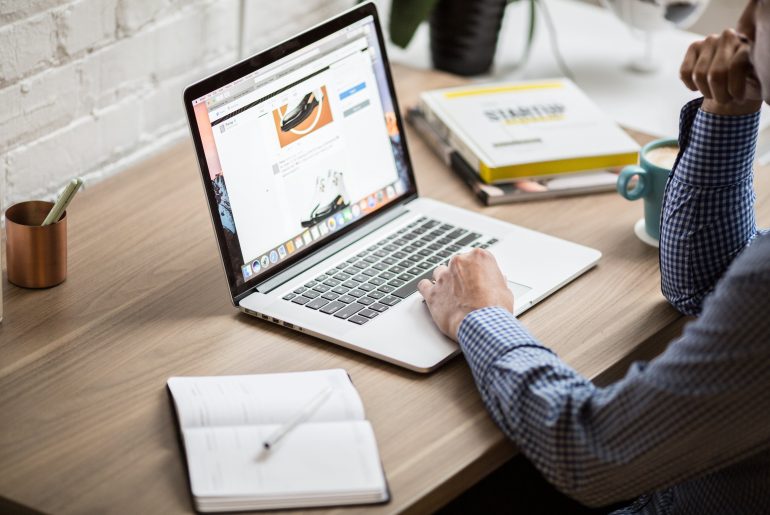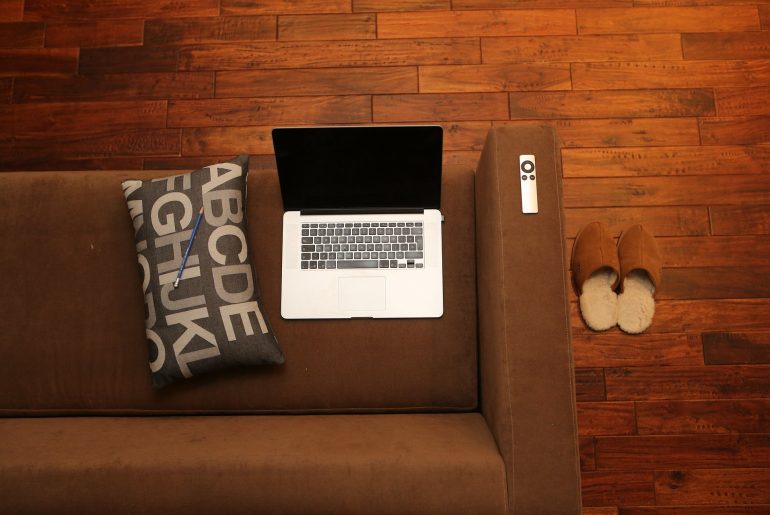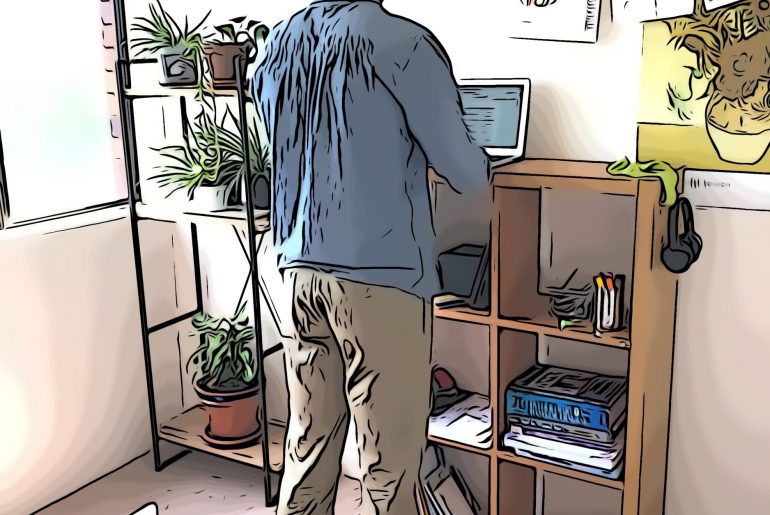Social support involves having a network of friends, family and peers that you can turn to in times of need. Psychologists and other mental health professionals often talk about the importance of having a strong social support network. Why is having social support particularly relevant during social isolation? In the time of COVID-19 pandemic, you may have felt more irritated, lonely, or more easily affected by stressful situations. These experiences may be a trigger to reach out and connect with others. While some people have taken the lockdown time as a chance to reengage with hobbies, or home or garden projects, others may be busier than ever due to the changes induced by the lockdown. Regardless of whether you are enjoying some more free time, or adding another ball or two to your day-to-day juggle, feelings of loneliness, anxiety and isolation can arise from social-distancing requirements. This is because of the distress people experience when their social relations are not the way they would like. Poor social support has been linked to depression and loneliness has been shown to increase the risk of depression, alcohol consumption, cardiovascular disease and other physical ailments. Research has also demonstrated the link between social relationships…
Tips for running Health and Well-being programs with a remote working team
COVID-19 has upended business operations on a global scale and has forced many workplaces to rapidly transition to staff working remotely. However, with organisations adapting to change and staff experiencing the benefits of working from home, it may be the case that the shift towards telecommuting is here to stay. While the focus of organisations has been on ensuring the safety of their employees at this time, employee well-being is also becoming an area of greater significance. According to the Center for Disease Control (CDC), well-being is “the ability for individuals to address normal stresses, work productively, and realize their highest potential.” A wellness program should be designed to support the overall health and well-being of employees, while aiming to meet the specific needs of each individual employee. If you and your team are new to working from home, navigating this change on its own can be challenging. While your organisation may already have a wellness program or initiative in place, being able to adapt the program and make it relevant and engaging for staff working remotely can come with its own set of challenges. So how do you set you and your team up for success when it comes…
![]()
Developing a workplace culture when working remotely
During the recent COVID-19 outbreak, the Australian government had implemented social isolation in an effort to flatten the curve. Many office-based employees were encouraged to work from home in order to minimize the risk of individual’s exposure to COVID-19 through face to face contact. While working from home is reasonably practicable with the current available technology, this is often associated with a shift in workplace culture. Critical to maintaining a successful workplace culture is ensuring that there is knowledge sharing among employees. What is a knowledge-sharing culture? A knowledge-sharing culture is a set of understandings that focus on disseminating existing knowledge among team members and bringing new knowledge from the external environment. It is a set of unwritten guidelines that promotes sharing knowledge, experiences, and insights that are critical for accomplishing team missions. The key elements in knowledge sharing are not only the hardware and software, but also the ability and willingness of team members to actively participate in the knowledge sharing process. Why it is important: Shared understanding is a collective way of ensuring organisation relevant knowledge, and can influence the ability of teams to cooperate and perform well. The internet enables knowledge exchange in ways such as online group…
Staying motivated during a pandemic – a personal reflection
This personal piece was written by Jade Lim – a 4th year psychology student at UQ as part of her placement with the BeUpstanding team As we are all practicing social distancing rules, the majority of us are working from home. While doing university remotely, I felt like I have been stuck in a continuous loop where the concept of time and space were merely a distant dream. Okay, maybe my situation during this pandemic isn’t that dramatic, but honestly I have been so unmotivated to do anything and I am sure many students feel the same way. With the transition of classes from being offline to strictly online, I find it even harder to keep up with the tutorials and lectures than when I had to go on campus. The lack of face-to-face communication and accountability allowed procrastination to occur easily. Alas, being at home calls for distractions or the endless amount of ways you can preoccupy yourself besides actually doing something productive. The fridge, TV and bed all seem to call out my name whenever an assignment deadline is closing in. Besides that, being extremely reliant on technology and the internet has made me prone to having strained…
Virtual Workouts You Can Do From Home
With social distancing regulations in place and gyms forced to close you are likely finding yourself adjusting to life indoors. But just because you may not be able to do your usual forms of exercise, it doesn’t mean you should stop altogether. Exercise not only has multiple benefits to your physical health but it is also a great stress- reliever. Continuing to maintain some sort of a routine is so important in times likes these where we can feel more stress than usual. We’ve put together a selection of online exercise platforms with on demand fitness content who provide free access to workouts you can do at home that cover a whole range of exercise styles. You can access the content via a smartphone app, YouTube or live streams on social media and you don’t necessarily need any equipment. All you need to do is find a space and get started. The best thing is no one is watching! Just as you schedule your diary to organise your workload and meetings, you should find time to exercise. Treat exercise with the same priority as a phone call with a client. Blocking out time away from your desk means that you…
It is a marathon – not a sprint: perspectives from quarantine
This personal post is written by guest blogger Meg Grealy – who speaks of her experience of returning from overseas and into quarantine. Had you asked me in January, or even the beginning of March, what my April days were looking like they would sound achievable, nothing too extreme, just the routine of a twenty-something who had just moved to the UK on a working visa. I would have said a morning run (so I could make it across the finish line of the 10k I’d signed up to run on May 3rd) a 3-day work week, and an exploratory beer in various pubs across my new city. In hindsight, the only thing I managed to get right is the daily run (although it’s purpose is now to harness endorphins for the day). And yet the daily run is maybe the only thing that has kept me sane and allowed me to stay present in a period where everything is confusing. It seems the only effective strategy of taking control is to muddle through conflicting emotions and anxiety-inducing news cycles. As we started this year during a bushfire crisis, I feel as if there has been a delay in…
3 Tips from a Health Coach to Staying Active and Healthy when Working From Home
One of the biggest problems from working at home can be inactivity. There’s no walking to get a cup of coffee, visiting a nearby colleague, taking the stairs to the bathroom or those incidental types of activity that come from being in a workplace with people and areas spread out. Everything is within easy reach at home. Couple that with a busy workload and this can mean sitting for as long as possible until the task is done. Suddenly hours have gone by and we’re still sitting hunched over the desk. Remaining in one posture for hours at a time can affect the muscles in your back, neck, hip flexors, hamstrings and calves. Excessive sitting can affect your metabolism, increase blood pressure, blood sugar and cholesterol – and that’s just the tip of the iceberg! Staying active when working from home may seem easy. Without the daily commute and perhaps having more flexibility in your working hours, surely being at home affords you more time to spend on exercise? Whilst this may be true in theory, we may quickly fall into routines that do not prioritise healthy activity and the boundaries between work and personal life become blurred. The best…
Some quick ideas for your team to BeUpstanding when working remotely
One of the core principals of BeUpstanding is to build a supportive team culture that supports more movement, more often. But, how do you do that when members of your team are working from home or offsite? At team BeUpstanding we are working on a bunch of new resources to help support you and your team to sit less and move more – no matter where you are working from. While you wait for them, here are some quick suggestions on how you can BeUpstanding as a team while working remotely: Stand up and stretch during teleconferences: have this part of your remote etiquette that you support movement during meetings! Build in team reminders or prompts to stand and move through shared calendars and project management software Set team strength goals where everyone’s light resistance exercises (like calf raises, wall push ups) contribute to the daily team goal Send email reminders to take regular movement breaks like filling up your water glass
Suddenly Sedentary: How I Learned to Move More in Medical School
A personal story of sitting less and moving more by Connor Soles Before coming to Queensland to study in the Doctor of Medicine program I considered myself an active person. I commuted by bicycle to my then-job as a medical scribe where I followed physicians into consultations and composed hospital charts on a mobile workstation. The hustle and bustle of the Emergency Department meant that I would cherish the rare moments that I would roll to a stop near the physicians alcove, cleverly positioned adjacent to the insta-coffee machine, and slump into a swivel chair to polish my notes. I had never experienced what it was like to be chained to a workstation seated, unmoving, for long periods of time before beginning medical school, and I’d never had to learn how not to be. In my newly (half) furnished apartment (in Brisbane) I found that I could not escape our IKEA table turned desk, which was the only assembled piece of furniture aside from the couch. As a medical student studying now consumed and overwhelmed the majority of my waking hours, that and maintaining my relationship with my fiance who had accompanied me to Australia, left little time for my…
How You Can Sit Less and Move More When Working From Home
These days many workplaces have flexible working arrangements that enable staff to work from home (telecommute) one or more days a week. Telecommuting can reduce business expenses significantly and increase employee satisfaction and productivity. The advantages for staff working from home are many: You can wear comfy clothes A custom environment with as little or as much noise as you like It’s easier to make calls No office distractions Zero commuting Save money However, even when you are working from home, the majority of your time is likely to still be spent sitting at a desk or table. Our main reaction to a busy workload is to sit for as long as possible until the task is done. Before you know it, hours have gone by and you have not moved from your chair. Excessive sitting can affect your metabolism, including your blood sugars and fats, putting you at increased risk of diabetes and cardiovascular disease. Remaining in one posture for hours at a time can also affect the muscles in your back, neck, hip flexors, hamstrings and calves. Here are some tips to sitting less and moving more on your telecommuting days: Take regular breaks during your day to…


